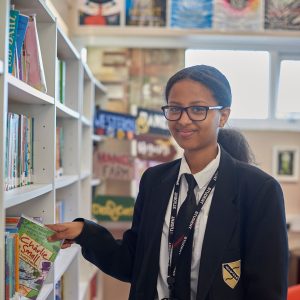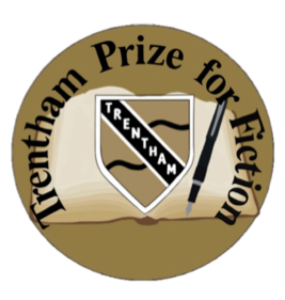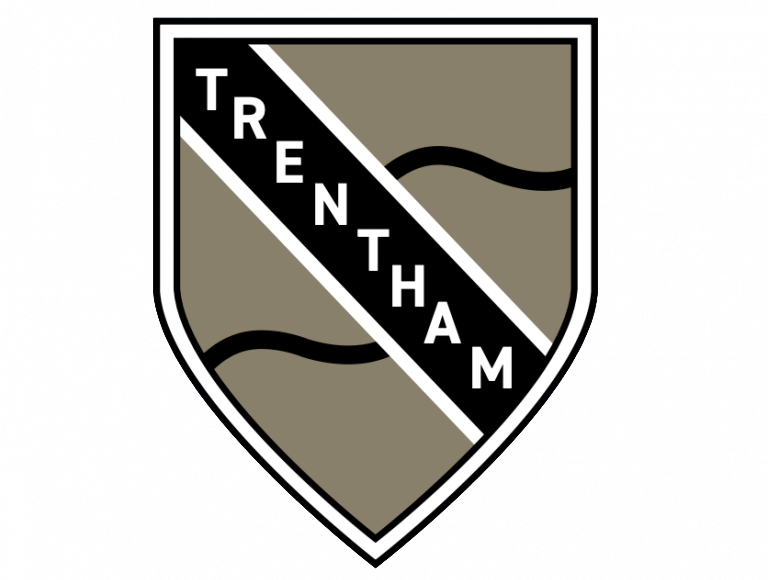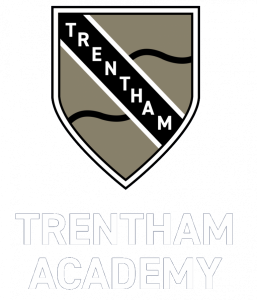Reciprocal Reading
What is Reciprocal Reading?
Reciprocal teaching is an effective and proven approach to developing reading and comprehension. This can encourage students to take a more active role in the reading experience and gain confidence in their own abilities.

Teachers model, then help students learn to guide group discussions using four strategies:
- Summarising
- Questioning
- Clarifying
- Predicting
Once students have learned the strategies, they take turns assuming the role of teacher in leading a dialogue about what has been read.
Why use Reciprocal Reading?
- It encourages students to think about their own thought process during reading.
- It helps students learn to be actively involved and monitor their comprehension as they read.
- It teaches students to ask questions during reading and helps to make the text more comprehensible.
- It helps students engage with text and read it beyond face value. This is important preparation for cross disciplinary reading in secondary school and beyond.
Every classroom in Trentham Academy has the following poster to help students identify and use these Reciprocal Reading skills.

Reading for pleasure

Here at Trentham Academy, we believe in the value of reading for pleasure. This is why students have access to the reading lounge during lunchtimes on Tuesday-Friday.
We also have ‘Create’ lessons where students are encouraged to select a book of their choice to read and then share in their virtual library (on Firefly or OneNote) their thoughts on the book so far. During these lessons, students are also encouraged to write their own stories and share their ideas. This leads to them being able to enter the Trentham Prize for Fiction which focuses on promoting writing for pleasure and encouraging future novelists.
Interventions:
When needed, students have access to literacy and numeracy interventions. Here is a breakdown of the literacy interventions available.
Year 7
Assessments – Access Reading, HAST2 Spelling, Red Box Baseline Comprehension test, free writing tasks.
Each lesson:
- Class read – language enrichment/discussion – at the end of each lesson.
- Speaking and listening – sharing of students interests/presentations/discussion of progress/work.
Identified Lessons:
- Red Box Comprehension cards.
- Thinking and Reasoning activities.
- Literacy Activities focussing on team building/turn taking (Murder Mysteries).
Extras:
- Challenges set via firefly to find definitions of words – not EXT.
- Class focusing games – spot the difference, mind puzzles, ABC game, Countdown starters.
- Handwriting focus where needed.
Year 8
Assessments – Access Reading, HAST2 Spelling, Red Box Baseline Comprehension test, free writing task.
Similar lessons at the start of the term.
Then the scheme of work changes to writing a children’s book, focusing on:
- Student’s favourite book and why – sharing with class.
- What makes a good children’s book?
- Analysing what needs to be included in children’s book – believable character, simple language, moral, simple plot (which must happen in real life) – a lesson on each.
- Opportunities to read a variety of children’s books – film versions watched too with subtitles (Donaldson books mainly).
- Each lesson also includes a starter of an activity to help learn understand a language technique, which is embedded by reiteration each lesson.
- Once this has been completed the challenge of writing the book begins… this starts with creating a class book.
How can I help my child with their reading?
Promoting book reading and encouraging young people to read for pleasure is crucial as teachers and parents. Books introduce young people to new concepts and ideas, they can immerse them in fictional worlds, and evoke a whole range of emotions. Books also have the potential to develop and challenge thinking, improve empathy skills, perspective-taking and social abilities.
Choice is important
Research stresses the importance of student choice; therefore, it is important that students have access to a diverse range of books to ensure they can find something that aligns with their reading interests and abilities.
However, it is important to appreciate that less experienced readers may need more support to make good reading choices (i.e., those that align with their interests and abilities).
Set aside quality time for reading
Regardless of the age or stage of the student, implementing a regular time for young people to read for pleasure each day is important. Students have to juggle a range of subjects but this also offers the chance for them to explore a range of difference texts, genres and topics that are related to their subject areas.
Access books in different ways:
Digital books offer the same benefits as a physical book and can support young people’s language and literacy development. Alternatively, audio books can be an excellent way for young people to engage and may be particularly effective at encouraging less frequent readers. Audio books do not put pressure on the young person to read themselves, they simply get to enjoy the book and all the rich experiences that come with it.
Make it social
Reading does not always have to be a solitary activity, and while there are possibly more opportunities for discussions about reading in school, discussions can also take place at home.
More links to help:
https://wordsforlife.org.uk/activities/filter/?age=9-12 (KS3)
https://www.wecanandmustdobetter.org/files/8114/2779/6463/Supporting_childrens_reading_secondary.pdf



